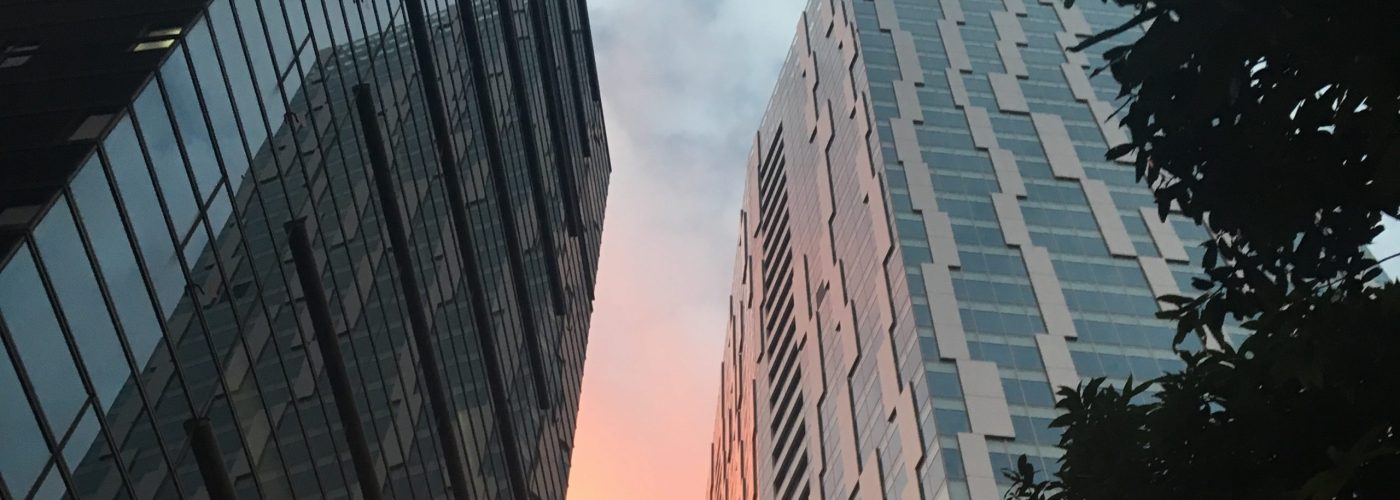Has your insurer insisted you comply with the CIREG (Construction Insurance Risk Engineers Group) best practice document: ‘Managing Escape of Water Risk on Construction Sites’? If so, does your site fulfil the requirements that are highlighted? One of Whitecode’s clients will have an excess increase to a six-figure sum unless they follow the guidance within this document. But how do you comply and what are the options? Alex Hill, Managing Director at Whitecode explains the issues.

First of all, the question we should be asking is why the CIREG is publishing this guidance. In a couple of words, it is as a result of modern systems. Generally, it is rarely the fault of the system used – they are almost always installation errors. But as an industry, we didn’t have such failures when traditional systems were the order of the day such as soldered copper. Once upon a time copper was seen as something of an art form, a process which required a high level of skill and experienced workmanship. However, the clampdown on hot works on construction sites, due to the fire risk and cost of metals has driven the industry down a route of using plastic-based push-fit and clamped metal systems. Unfortunately, these modern systems have relegated soldered copper to the ranks of a bygone fashion; a once well-used solution that now doesn’t have much of a presence in the industry.Whilst Whitecode is in no way averse to modern systems – plastic and metal push-fit or compression systems have their limitations – the rise in large-scale water leaks caused by modern systems is difficult to deny. This constraint can be as a result of insufficient push-fit mechanism installation training. This lack of competence compromises both the performance and quality of modern solutions. What does this mean to construction clients? Whitecode is finding more of its clients and end-users are asking for permanent leak detection to remain in situ after the construction team leaves, to ensure continual building protection. The CIREG recommends the risk of water must be similar in status to project risk such as a fire. It’s hard to ignore the irony here; it was the fire risk that has, in our opinion, resulted in the gradual disuse of traditional systems including soldered copper. The CIREG instructs us to nominate a competent person for the management of escaped water and suggests we should appoint the M&E contractor to carry out this role. For us here at Whitecode, we would say this is akin to allowing a fox to guard chickens. Instead, we propose the building services consultant should be responsible for highlighting who the role is given to. This consultant must also create the water management plan and review the practices onsite as work progresses. He or she would subsequently provide a balanced, independent opinion of the work performed and the quality ascertained onsite. After all, our advice is covered by professional indemnity insurance. The plan should include:
- The nominated duty holders.
- Summary of the system.
- Management of water systems:
- System overview
- Design features
- System selections
- Quality assurance
- Installation standards
- Mitigation and detection
- Isolation of the water supply in the event of a leak
- Removing water from the building
- Testing regime
- Emergency procedures
The key elements that site managers and designers might not be familiar with are the mitigation measures. These include, but are not limited to:
- The need to provide automatic water shut off devices. This detects when there is a problem so it can be shut down.
- All water supplies to be isolated once the site is closed.
- Weekly checks on automatic devices.
- Label all supplies once installed, not at the end of the project. This includes all temporary valves.
- On permanent systems, automatic devices should be fitted in the following locations:
- At the mains inlet
- Before any booster pumps
- On each floor
- Any other system such as LTHW, MTHW, chilled water underfloor heating
- In severe weather, all pipes should be drained down or trace heated.
Whitecode suggests that these systems are likely to be left in situ once the system is no longer on a construction site. These are very honourable requirements, and it will take a large step change in our thinking as designers to make this a reality. With the CIREG providing conflicting advice as to how to mitigate the risk of escaped water on construction sites, rest assured that Whitecode and its wealth of experience are on hand to devise a management plan which reflects your needs. If you need advice or design for your site, head to: www.whitecodedesignassociates.co.uk





